Statues may seem lifeless, yet artists enchant them with a floral touch, turning stone into blooming beauty.
Statues, often perceived as motionless and unchanging, possess a remarkable ability to captivate our imagination and evoke a range of emotions. They stand as a testament to the creativity and skill of the artists who bring them to life, frozen in time for all to admire. However, some artists take the art of sculpting to new heights by incorporating elements of nature, particularly flowers, into their masterpieces, infusing these seemingly inanimate objects with vibrant and ephemeral beauty.
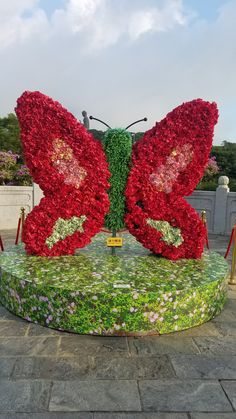
When we think of statues, we envision solid forms carved from stone or cast in bronze, but artists with a unique vision and a deep connection with nature go beyond these traditional materials. They delicately adorn their creations with intricate floral arrangements, transforming the rigid sculptures into enchanting displays of color and fragility.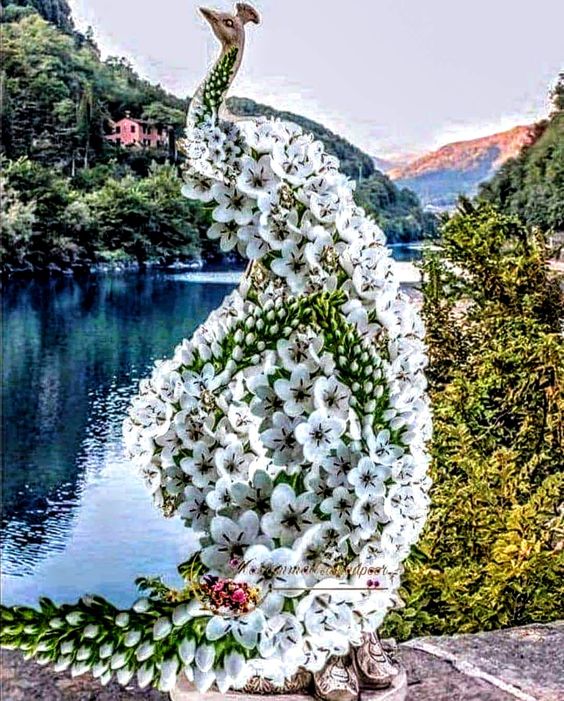
The integration of flowers into statues offers a fascinating juxtaposition of permanence and transience. While the statues themselves are meant to withstand the test of time, the flowers that adorn them are delicate and ephemeral, with a lifespan that is fleeting. This fleeting nature adds a sense of impermanence to the artwork, reminding us of the transient beauty found in the natural world.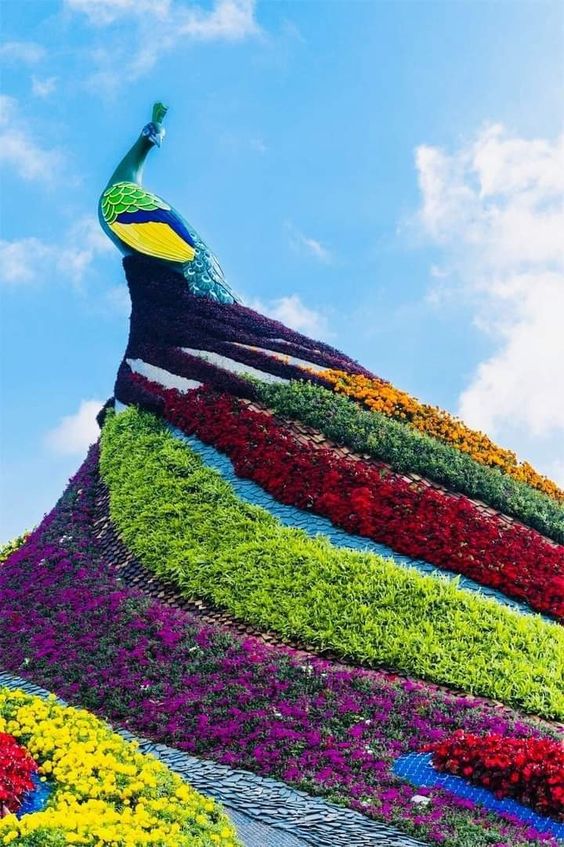
The choice of flowers is not arbitrary but carefully selected to enhance the visual impact and convey a specific message or emotion. Each bloom is strategically placed, emphasizing certain features of the statue or accentuating its symbolic meaning. Vibrant red roses may evoke love and passion, while white lilies symbolize purity and spiritual enlightenment. Through the thoughtful selection and arrangement of flowers, the artists breathe new life into their sculptures, creating a dynamic and ever-changing work of art.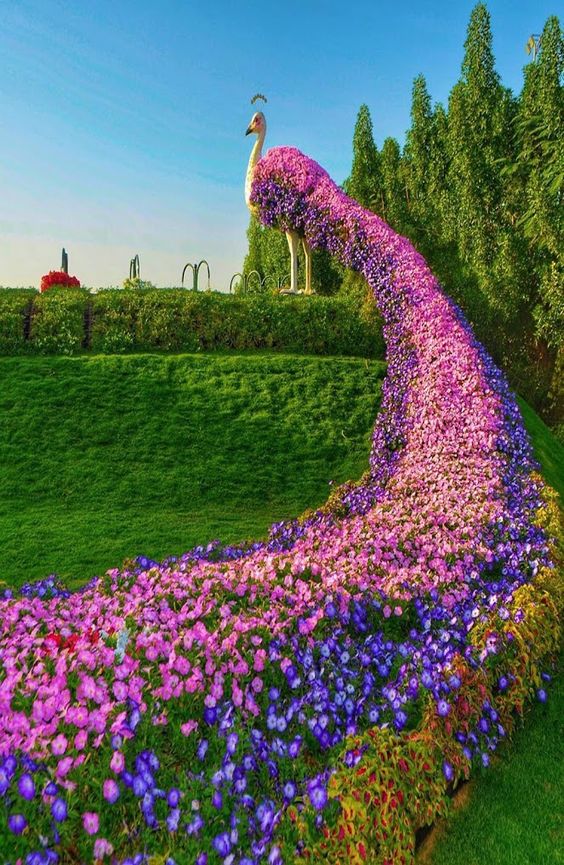
The incorporation of flowers into statues also highlights the connection between art and nature. It serves as a reminder that art is not separate from the natural world but rather an extension of it. By merging these two elements, the artists blur the boundaries between the man-made and the organic, inviting viewers to contemplate the interplay between human creativity and the beauty of the natural environment.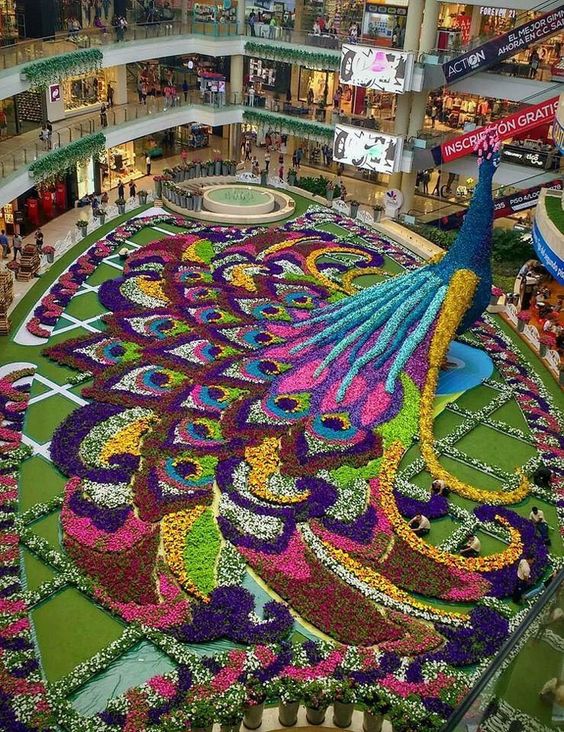
Furthermore, the addition of flowers to statues brings a touch of softness and delicacy to the otherwise solid and rigid forms. It invites us to appreciate the harmony between the strength and resilience of the sculpture and the fragile beauty of the floral adornments. This juxtaposition invites contemplation on the delicate balance between strength and vulnerability, resilience and fragility that exists in our own lives.
In the end, the statues adorned with flowers challenge our preconceived notions of what art can be. They remind us that art is not limited to the static and unchanging but can be a living and evolving expression of human creativity. Through the integration of flowers, these sculptures become a celebration of both the enduring spirit of artistic expression and the ephemeral beauty found in the natural world.
